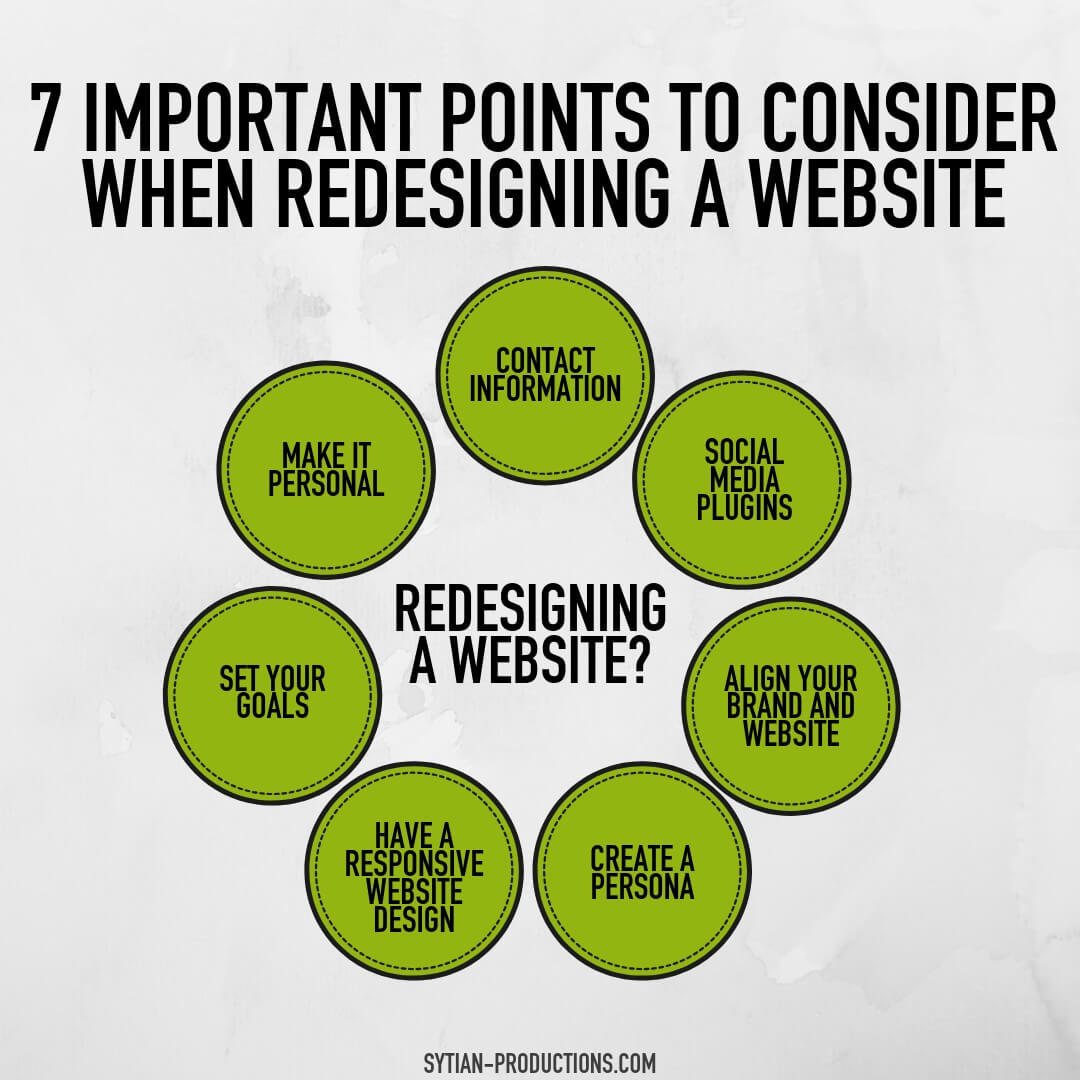7 Important Points to Consider When Redesigning a Website

A website is considered one of the most crucial business tools to date, especially now that eCommerce competition is getting more intense, along with the digital marketing technology advancement. Staying on top of your game is important and having the most current and optimized website to promote user experience is the key, and sometimes it means redesigning your website.
Did you know that it takes about 0.05 seconds for website visitors to decide whether they like your website or not? This is according to a report from Taylor & Francis Online. As the saying goes, “don’t judge the book by its cover,” but you have to keep in mind that websites are subject to snap criticism and judgment that influence the perceptions of visitors.
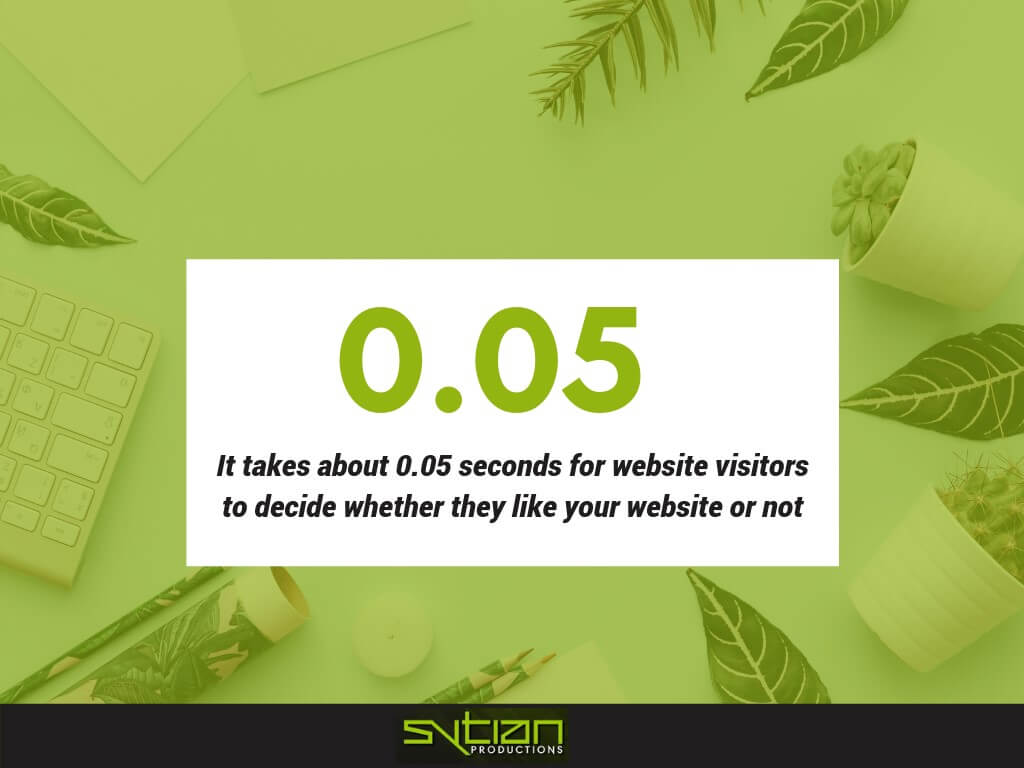
Website redesigning is important for your business, considering the latest trends for improving UI (user experience) and website performance would help you stay ahead of your competition. It might be challenging to know where to start with website redesigning, so keep in mind that aesthetics, functionality, SEO and other website elements are all important. Website design visualizes creativity for your visitor to acknowledge a business’ products or services and there are various aspects and ideas to consider before you begin.
The planning process for your website redesigning is important and here are 7 points to consider:
1. Set your goals
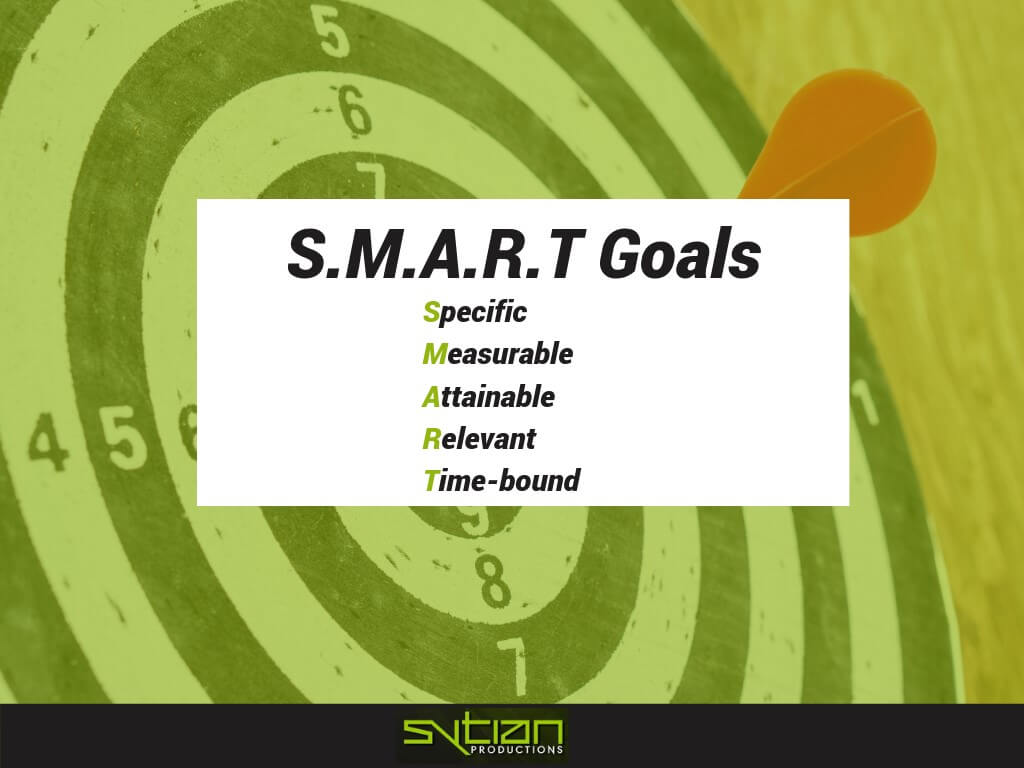
Redesigning your website without a goal is like going on a battle without a gun or going on a road trip without a proper route — website designers need guidelines too, as this can put a lot of impact into the outcome.
Ask yourself what you want to ultimately achieve: Do you want to improve your website’s SEO? Do you wish to integrate social media on your website? Once you have these questions, you can start making plans for your goals.
You can follow the SMART goals principle, this will guide you to steer you towards your goals using your abilities and a timely and measurable manner.
SMART stands for:
- Specific
- Measurable
- Attainable
- Relevant
- Time-bound
According to Robert Murray, it is crucial to not go beyond your limits in terms of achieving your goals, “for those who do set goals for themselves, 83% will completely fail and 17% will only achieve a portion of their goal. It is a slim 3% that achieve what they set out to do.” He added that the common reason for failure is that people bit off more than they could chew.
Setting SMART goals can help your website redesigning process easier and organized and once you have all your goals in place, you won’t have to worry too much about the bumps on the road.
2. Consider having a responsive website design
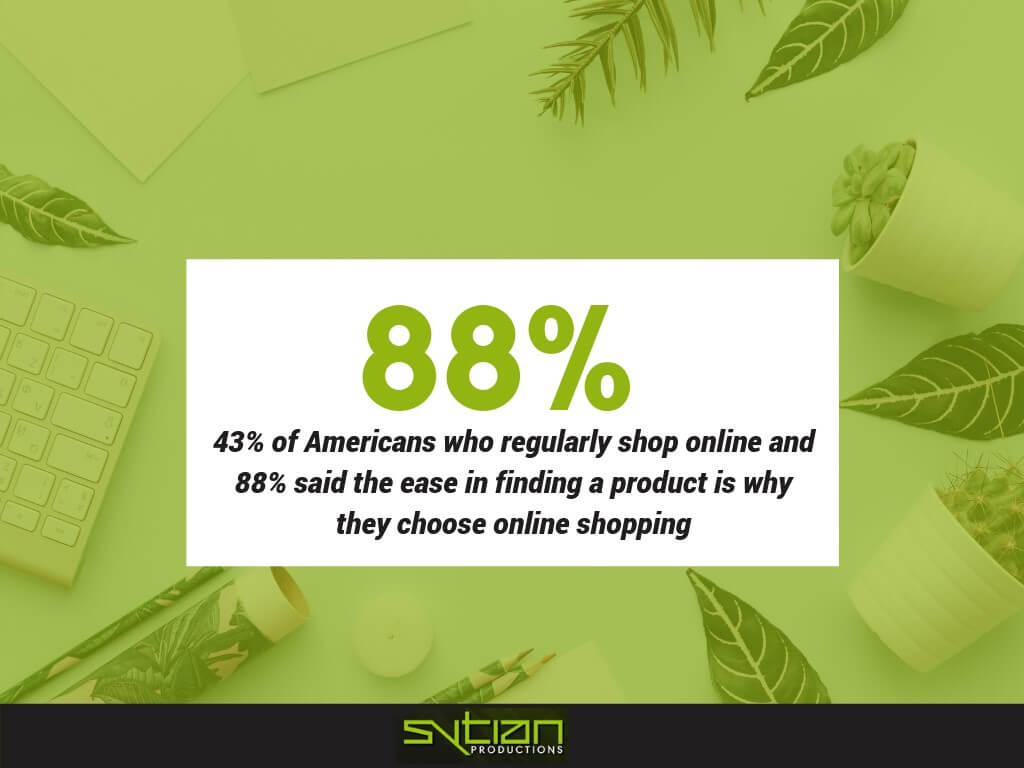
More shoppers prefer to purchase products and hire services online. According to a report from SmallBusiness, there are about 43% of Americans who regularly shop online and 88% said the ease in finding a product is why they choose online shopping.
A huge amount of this online shopping is carried out on your eCommerce website using your customers’ mobile phones, and there is an important factor to consider at this point: a responsive website design. This will give your website the ability to adjust to a mobile phone environment flawlessly — your website will have clickable and working links, faster loading time, and optimized images.
3. Create a profile for your targeted audience
Redesigning a website to attract customers and increase sales should be on the top of your goal. However, you also need to make sure that your website is appealing and interesting to your visitors and to make this happen, you need to determine and understand demographics and who your targeted audiences are.
By having a profile of your targeted audience you’ll be able to understand want they need and want. Here are some efficient tips you can follow in creating a profile:
- Determine your targeted audiences’ location, gender, age, education, and profession.
- Find out their preferences — what they want and what they need. Ask yourself these: What are they expecting from your brand? What are their priorities in making an online purchase?
- Consider your customers’ pain points. What do they want but often have a difficult time getting it from brands?
Knowing your targeted audience meant getting and giving the right messages from them.
4. Your website and brand should always be a reflection of each other
Your website represents your business, it should be consistent in terms of the design and feel, this adds up to improved user experience. Brand consistency in all platforms helps build trust.
To ensure your website and brand consistency, you have to keep these factors in mind:
- Color match
- Accurate logo
- Your content should express your brand’s image and voice clearly
Here’s a complete guide on how to build consistency into your brand and website design by 99designs.
5. Add social media plugins
If your current website doesn’t have social media plugins, step up and add it immediately. Social media plugins are important tools to help increase your brand awareness. Visitors and customers also go about your social media pages directly from your website to learn more about the latest on your products, services, and other digital marketing campaigns.
You can choose to either place your social media plugins at the top or bottom of your website. However, it is advised to place it at the bottom because the top part of your website is already populated with your logo, menu headers, and contact information, there is a chance that your visitors may miss it.
6. Add your contact information – this is a must!
Did you know that the “Contact Us” page is one of the visited pages on a website? This is according to Sergey Grybniak of the Search Engine Journal.

Try putting yourself on your visitors’ shoes, what would be your first reaction if you can’t find a “Contact Us” information or page on a website? Surely, that’s a major turn off.
Trust is one of the top priorities a visitor or customer looks for on a website. If they know a way to reach you when they encounter problems with their purchases or if they have a question that needs answering, you can create a bridge of trust between them and your business — and make sure that you’ll have a team to attend to their concerns.
7. Make it personal
Adapting “Personalization” to your website helps double up user engagement rate — personalization is how you present your website and brand with your users’ interests in mind. This won’t take too much technical or expensive approach.
Consumers are actually taking personalization positively.
According to Infosys study, 59% says that website and email personalization influencers their shopping decisions. This means consumers are fond of receiving targeted offers based on their browsing behaviour.
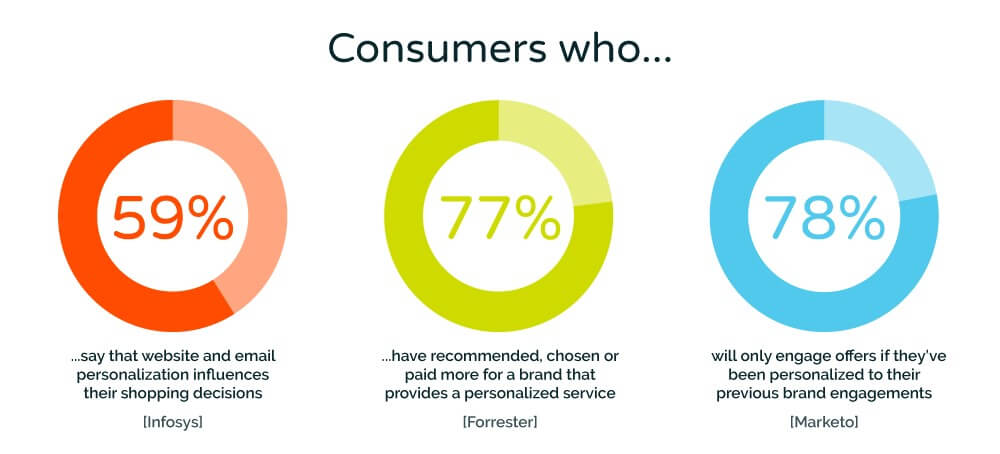
As a web developer, you need to consider personalization when you’re redesigning your website because this addresses the needs of your customers directly. It could be one of the best web development investments you could make today.
These important points for website redesigning are well-thought off and analyzed from the business and users’ perspective. Experts believe that revamping your website every 3 to 4 years is a must because customer preferences and the digital marketing industry are constantly evolving. How are you going redesign your website today?
